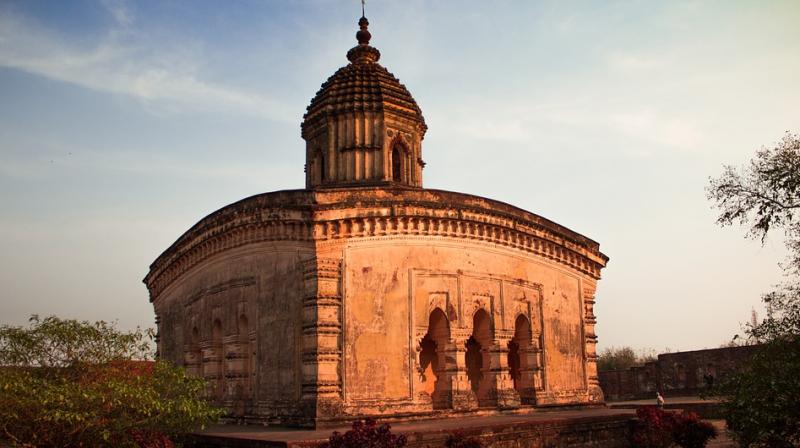World Heritage Day: 43 places in India yet to be recognised

April 18 is celebrated as World Heritage Day. On 18 April 1982 on the occasion of a symposium organised by ICOMOS in Tunisia, the holding of the "International Day for Monuments and Sites" to be celebrated simultaneously throughout the world was suggested. This project was approved by the Executive Committee who provided practical suggestions to the National Committees on how to organise this day.
The idea was also approved by the UNESCO General Conference who passed a resolution at its 22nd session in November 1983 recommending that Member States examine the possibility of declaring 18 April each year “International Monuments and Sites Day”. This has been traditionally called the World Heritage Day.
While India is a treasure trove for heritage sites with 36 UNESCO recognised places, there are yet others who are waiting for recognition.
These places, in no way, are lesser than the ones already cited.
Apart from the 36 sites inscribed on the World Heritage list, India has also maintained a list of tentative sites for recognition which has been submitted to UNESCO Committee for evaluation and acceptance. This procedure of prelisting is a prerequisite for the nominations for the World Heritage list to be accepted. Bhutan, Bangladesh, Sri Lanka, Thailand, the Philippines, and Nepal have expressed their support in inscribing more sites from India.
Here are the names of those 43 sites:
- Temples at Bishnupur
- Mandu, Madhya Pradesh Group of Monuments
- Mattancherry Palace
- Ancient Buddhist Site in Sarnath
- Sri Harimandir Sahib (The "Golden Temple")
- River Island of Majuli
- Namdapha National Park
- Wild Ass Sanctuary
- Bhitarkanika Conservation Area
- Neora Valley National Park
- Desert National Park
- Mughal Gardens in Jammu and Kashmir
- Silk Road Sites in India
- Santiniketan
- Delhi
- The Qutb Shahi Monuments of Hyderabad
- The Victorian and Art Deco Ensemble of Mumbai
- Apatani Cultural Landscape
- Archaeological remains of Lothal
- Bahá'í House of Worship
- Cellular Jail
- Chettinad, Village Clusters of the Tamil Merchants
- Chilika Lake
- Monuments and Forts of the Deccan Sultanate
- Ekamra Kshetra – The Temple City
- Iconic Saree Weaving Clusters of India
- Padmanabhapuram Palace
- Sacred Ensembles of the Hoysala
- Monuments of Srirangapatna Island Town
- Narcondam Island
- The Neolithic Settlement of Burzahom
- Thembang Fortified Village
- The Glorious Kakatiya Temples and Gateways
- Sites of Satyagraha, India’s non-violent freedom movement
- Sites along the Uttarapath, Badshahi Sadak, Sadak-e-Azam, Grand Trunk Road
- Moidams – the Mound-Burial system of the Ahom Dynasty
- Sri Ranganathaswamy Temple, Srirangam
- Dholavira: A Harappan City
- Evolution of Temple Architecture – Aihole-Badami-Pattadakal
- Jaipur
- Cold Desert Cultural Landscape of India
- Mountain Railways of India (Extension)
- Keibul Lamjao Conservation Area

